Behind the war to define Ultra HD, HDR, and the future of TV
What's next in television has yet to be defined
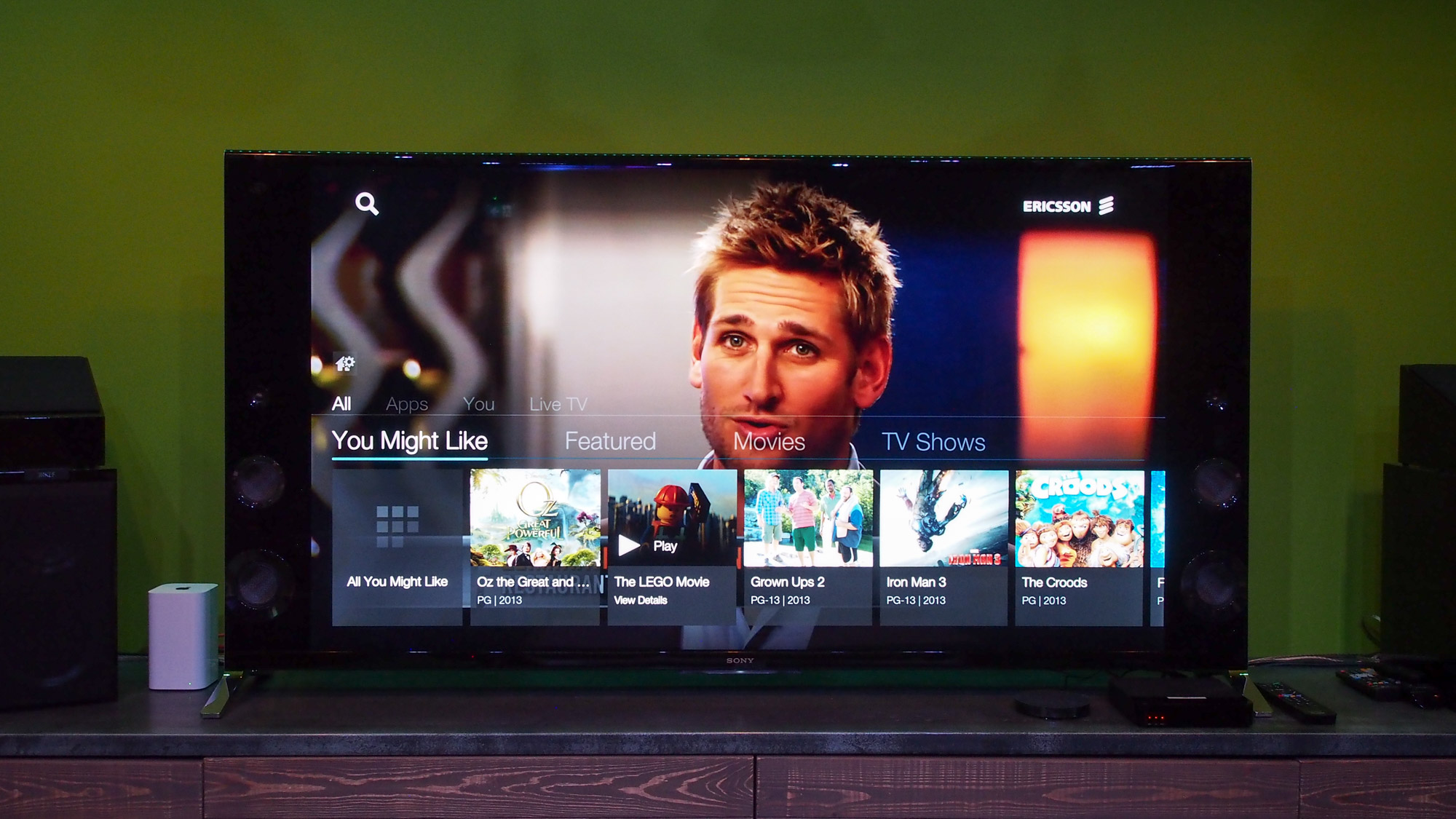
"Most 4K isn't actually 4K." A bold proclamation, to be sure, but he's right. He, by the way, is Mark Horton, Ericsson's Product Manager in TV and Media. Horton has worked in television and film since 1984, and I had a chance to pick his brain for a day while visiting the company's Southampton Experience Center.
At issue are a couple of core things -- things that'll define the future of television, as well as the specifications for your next set. For one, there's the issue of calling anything and everything 4K. As it turns out, many productions that are filmed in 4K are actually edited at a resolution closer to 2K, and then upscaled back to 4K when shipped out to the consumer.
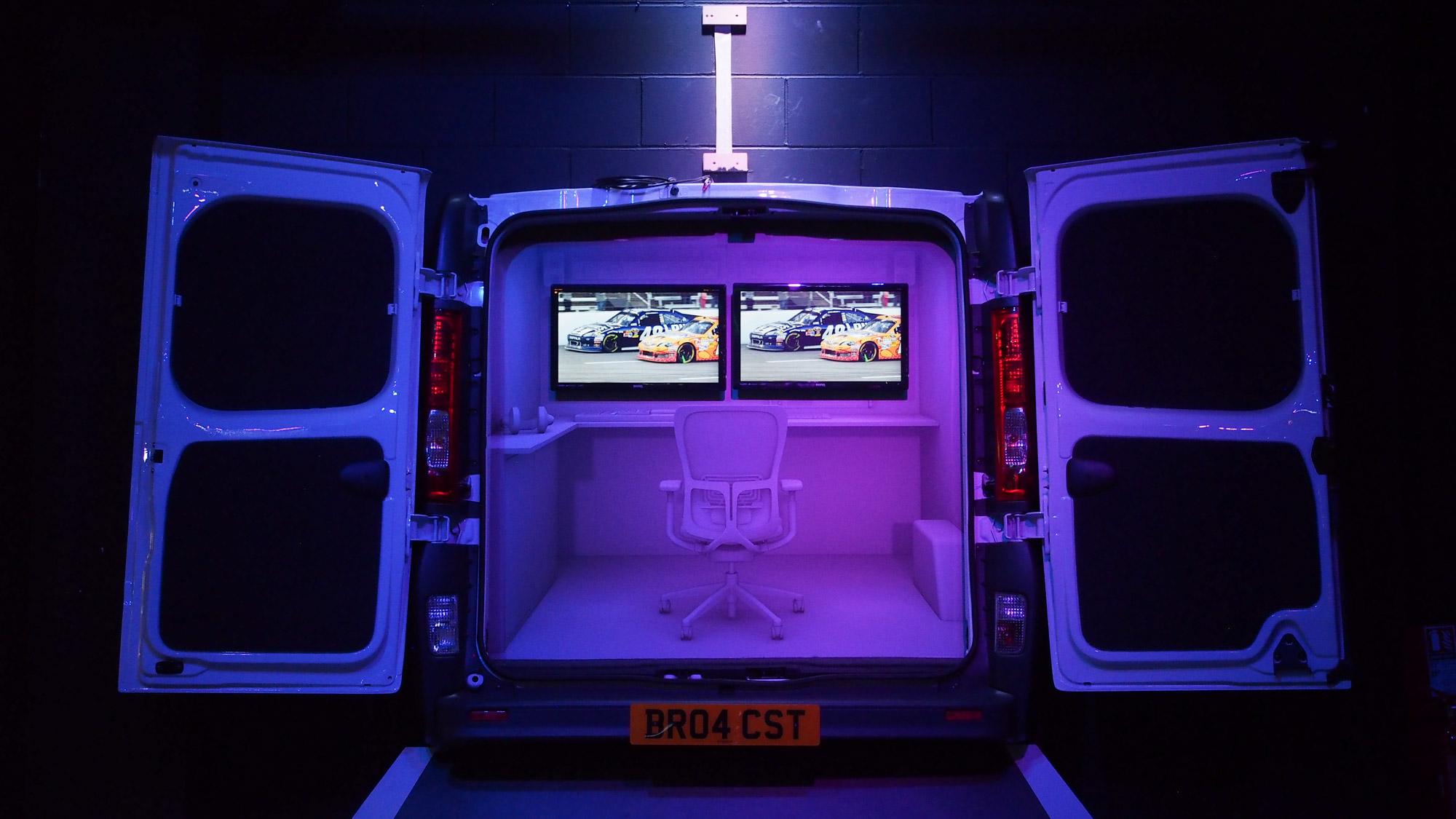
That's largely for practical reasons. Honest-to-goodness 4K files are simply enormous, and chugging through hours of that stuff can drive even the most patient of editors insane. To boot, a not insignificant amount of 4K footage is captured with a lens incapable of truly grabbing 4K resolution, so even the source material is a few pixels short of ideal.
End-to-end concern
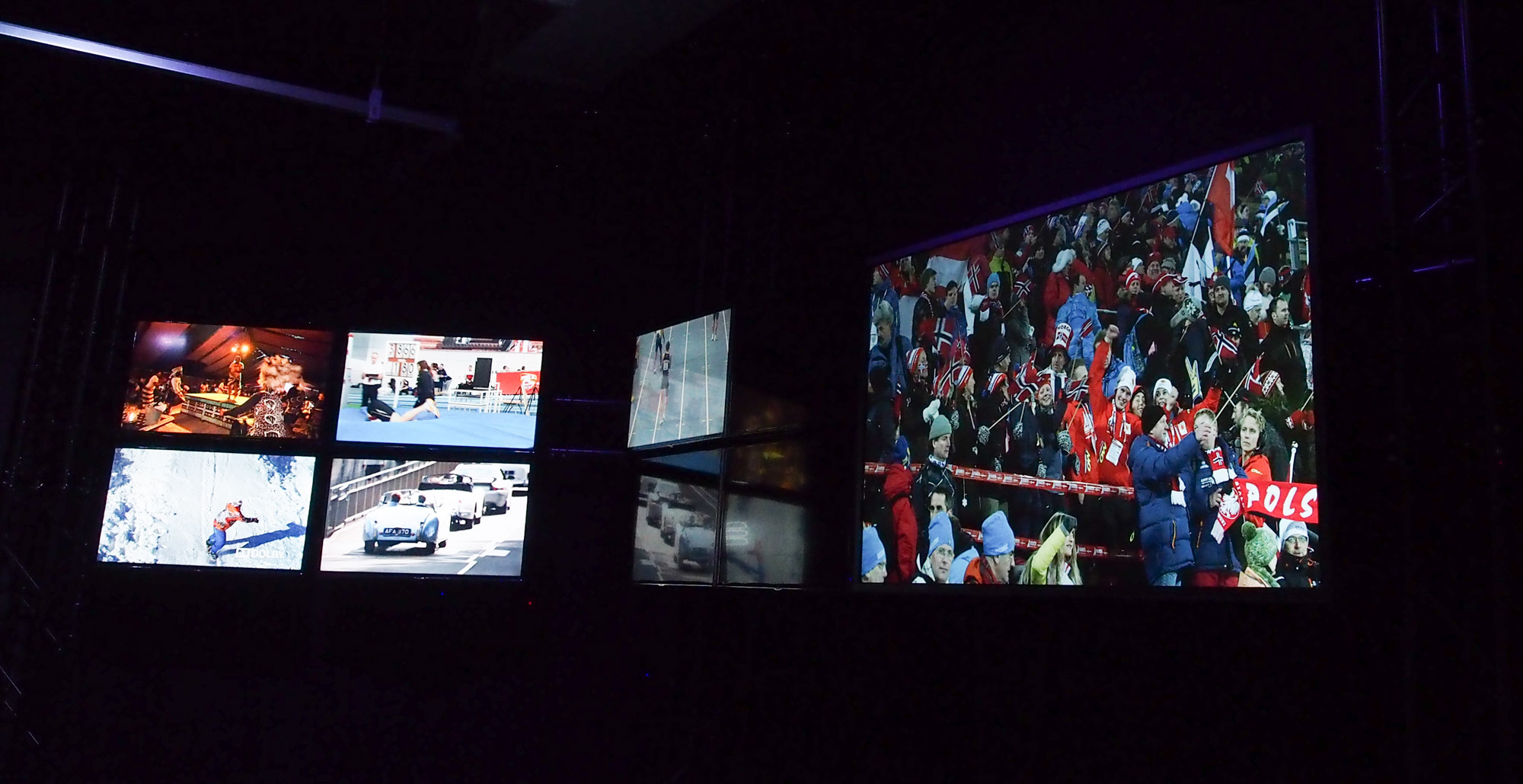
At this point, you're probably wondering why a company like Ericsson would even care. After all, this is a telecom company, right? Not exactly.
In the past decade or so, Ericsson has gone on an acquisition spree that would make even Yahoo envious, scooping up Microsoft's Mediaroom, Red Bee Media, Tandberg Television, and Technicolor's broadcast services division.
All of that has resulted in Ericsson having a stake in every single part of the value chain that brings content to consumers. From the field to the sky to the encoding room to the broadcast room, a company best known to consumers for its brief tie-up with Sony is now majorly responsible for the quality of the programming that you're watching across all devices.
Reality TV

Horton encapsulated Ericsson's mission with this inquiry: "What can we do to make TV feel like real life?"
Get daily insight, inspiration and deals in your inbox
Sign up for breaking news, reviews, opinion, top tech deals, and more.
It's about so much more than resolution or color or contrast. It's about incorporating the right elements at the right time for an experience that's significantly superior to the HD content that's already flowing today.
Horton told me that one of his greatest fears is 4K and HDR suffering the same fate as 3D. Consumer manufacturers are pulling broadcasters and content producers into the Ultra HD era at a rate that's a bit uncomfortable for everyone. Your local big box retailer is already stuffed with TV sets claiming to support 4K and HDR, and yet, where's the content? That's putting pressure on folks to cut corners and not standardize, which is a huge red flag to anyone not financially dependent on being first to market those terms.
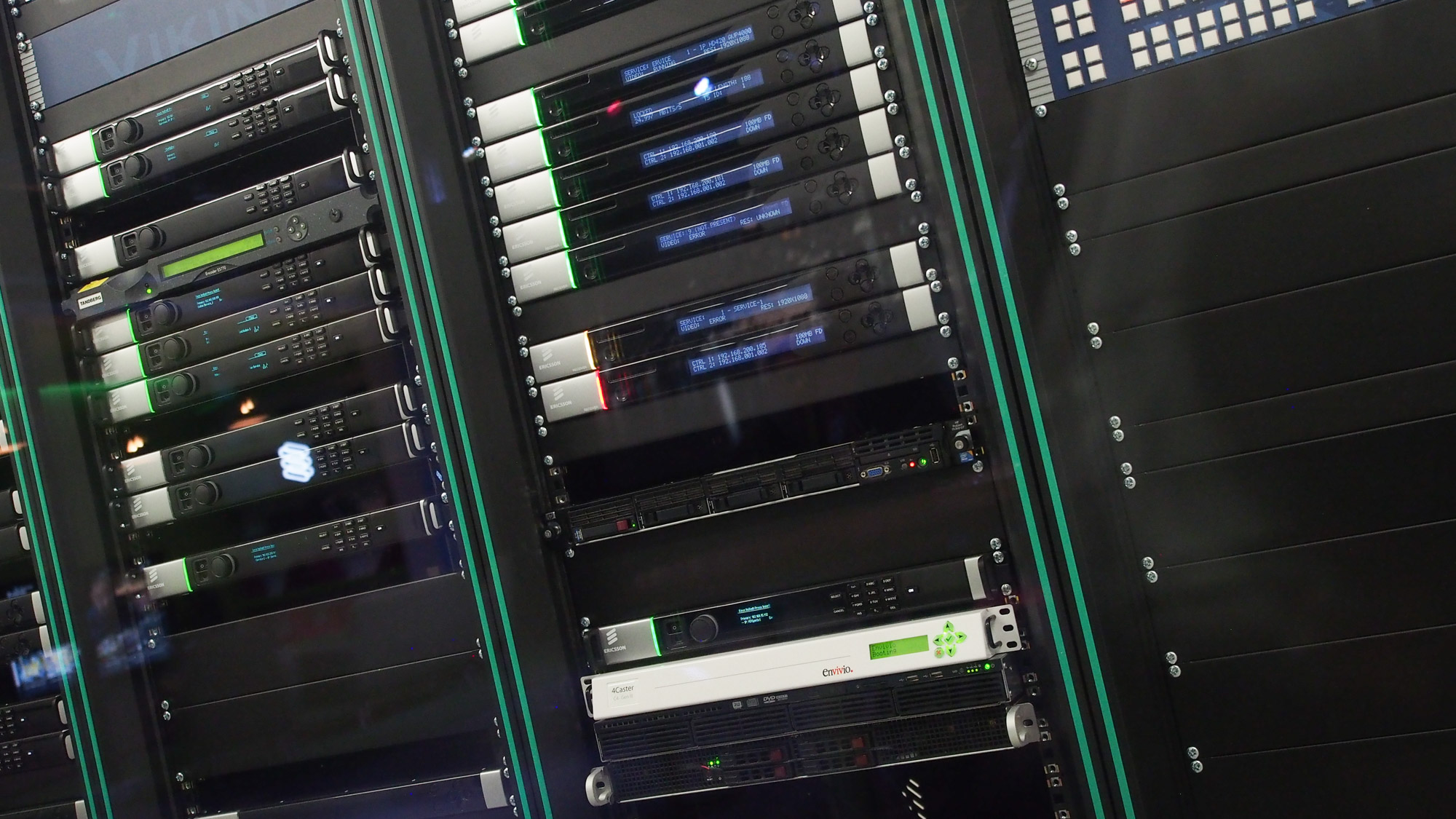
Ericsson sits in a unique spot along the value chain. It doesn't build TVs nor does it create programming. It exists to "make the next generation of content more compelling than the last." If there's inconsistency or mass confusion around 4K and HDR, or people don't experience the same amazement as they did when comparing HD to SD, the whole industry is in trouble.
Breaking down HDR
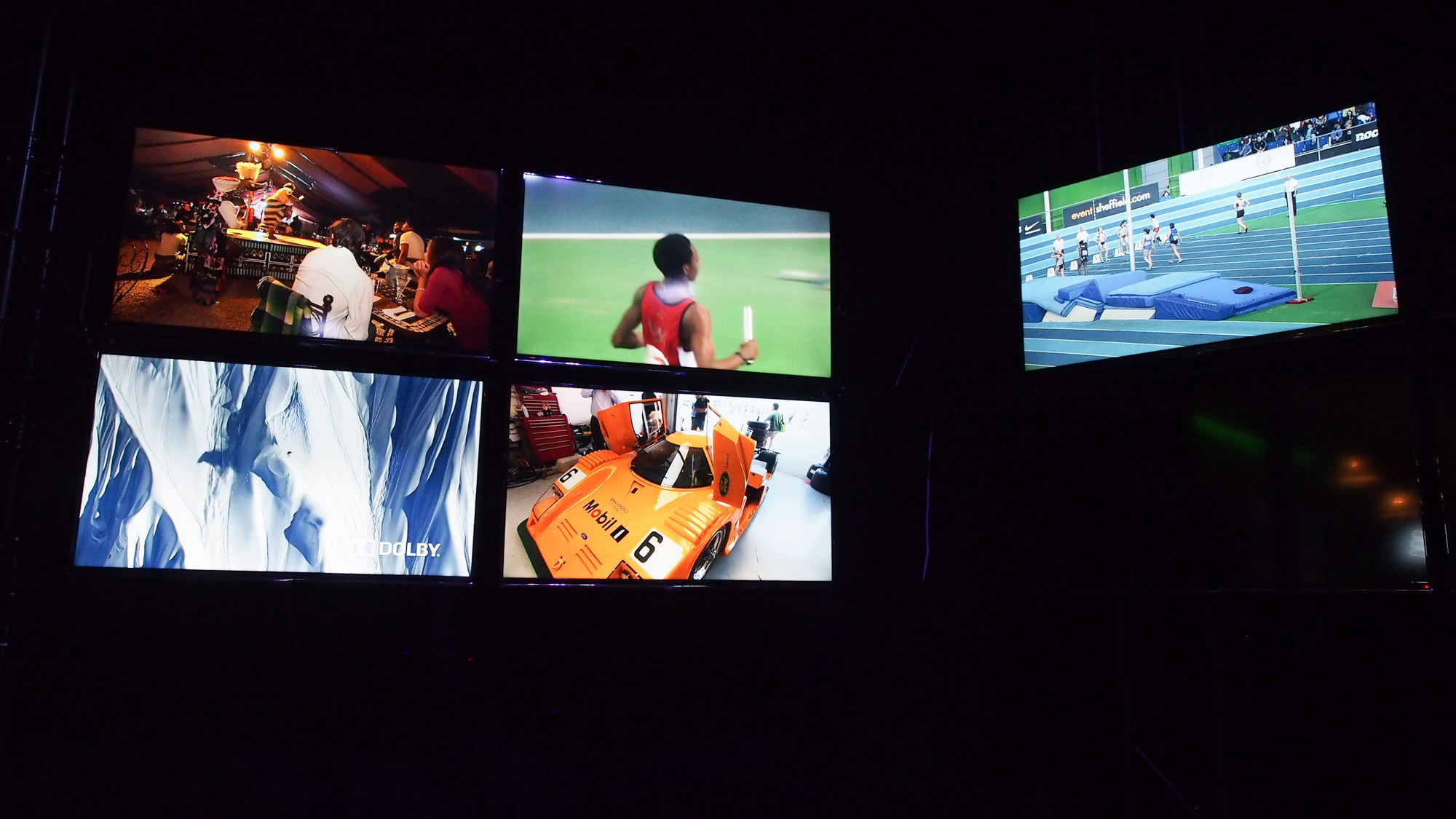
Curiously, Horton seemed more excited about the possibility of HDR than 4K. High-dynamic-range is, in a nutshell, making blacks blacker and whites whiter, which enhances the colors of everything else by mudding things up a lot less than we do now. The key element for enabling HDR that pops is brightness. In TV terms, nits. The more nits, the greater the potential to whiten whites and darken blacks.
Mind you, this isn't about a uniform increase in brightness; replicating the sun with a television set is hardly enjoyable. This is about intelligently using contrast to make things appear more realistic, and in some cases, surreal. Ericsson has a screen -- a "SIM2 monitor" -- with upwards of 4,000 nits. Even the most expensive consumer HDR sets today top out at around 1,000, primarily for reasons tied to regulations in power consumption.
If you ask Horton, he'll tell you that a content producer is better off investing in HDR than quasi-4K. And, if you're going to do 4K right, do it with HDR.
Indeed, my time with a variety of screens in the firm's Experience Center proved that out. Even content rendered in 1080p looked far more impressive in HDR than a non-HDR 4K set. Resolution for resolution's sake only gets you so far, particularly if you're fudging with the pixels somewhere along the production line.
Deep breaths, people
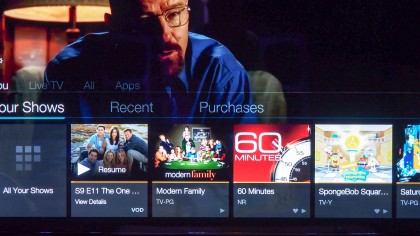
The takeaway from my time with Horton was this: it's worth figuring out what 4K is and isn't, and the same goes for HDR. The ecosystem remains in flux, and you'll get wildly different approaches to implementing both depending on who you ask.
In terms of consumer impact, it's this: hold tight on investing too heavily in either right now. The HDR sets shipping today may not support the eventual HDR standard, and while HD content upscaled to 4K does indeed look great, there's little reason to rush into anything.
And, I can say with authority that you're going to want a display with a lot more luminance than you can buy right now. You're going to want all the luminance.
